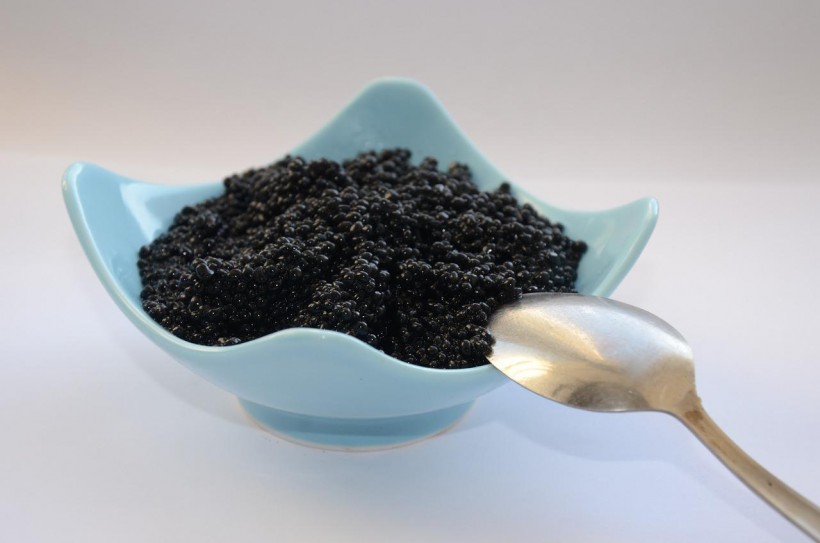Caviar has long been considered a luxury treat that only the wealthy could enjoy. Typically, these fish egg sacs take up to 14 years to be laid when naturally produced. But thanks to the first lab-grown caviar, this luxurious delicacy could soon be available to the masses.
The new variety is created by scientists from Caviar Biotec in collaboration with the University College London. According to them, cell-grown caviar is more ethical and a lot cheaper than the typical ones naturally produced from the sturgeon family of fish and salt-cured.

Scientists Have Grown 'Clean' Caviar in Just 40 Days! Hailing It As the First Lab-Grown Variety
World's First Lab-Grown Caviar
Caviar was historically centered on wild stocks in the Caspian Sea, according to MailOnline. However, overfishing resulted in a ban on sales worldwide and led to the establishment of sturgeon farms.
Ken Benning, founder of London-based Caviar Biotec, said they hoped to scale up their production, but making caviar would take a lot of time and stages. So they created an alternative way to make caviar from the cells of a fish eggs sac.
Benning said they began the process by taking some cells from an egg sac of a sturgeon and replicating it inside a bioreactor, an apparatus for growing organisms under controlled conditions. Making their caviar involves five stages: creation, maturation of unfertilized sturgeon eggs, harvesting, ovulation, and producing caviar.
Benning's company has been able to grow eggs to the first stage intended for cosmetic and edible products, such as lab-grown taramasalata. By stage three, the company has made it faster by shaping a liquid into small spheres that resemble the unfertilized fish eggs called roe, in a process, which they named spherification.
Historically, caviar is so expensive that they are only available as canapes or chilled spoonfuls during elite parties. But mass production of caviar has brought down the cost.
The new lab-grown caviar will make it cheaper to produce as the company uses the same cell that turns into caviar grown into a liquid instead of a fish.
They are looking into serving their lab-grown caviar to airlines and cruise lines in the coming years. However, there is a catch — it's not vegetarian. A recent study showed that lab-grown food from animal cells is not vegetarian. Therefore the Vegan Society will not certify it as a vegan.
ALSO READ: Big Catch! Giant 100-Year-Old, 7-Feet Long Sturgeon Caught in Detroit
Different Types of Caviar
Caviar is also known as roe that are harvested from the sturgeon family of fish and then salt-cured, according to Robb Report. Although there are other types of fish roe, such as the bright orange salmon roe, only those from sturgeon roe are considered caviar.
Depending on the variety, caviars' color could vary, but they are all spherical in shape. It also has a delicate flavor that is neither fishy nor salty but rather smooth and buttery. Some varieties have a nutty taste comparable to hazelnut. Experts said that when the roe bursts on the palate, the "Caspian pop" comes from an authentic roe.
High-end restaurant Caviar Russe's managing director Panchernikov told Robb Report that the restaurant specializes in the beluga, osetra, and sevruga varieties of sturgeon for their caviar. Beluga sturgeon has always been considered the best because of its size and rarity. But aside from the three, there are also other varieties that people may taste from other surgeons.
RELATED ARTICLE: Massive 'Living Dinosaur' Sturgeon 10-Feet Long, Weighs 600 Pounds Captured, Tagged and Freed in British Columbia [Watch]
Check out more news and information on the Sturgeon in Science Times.














